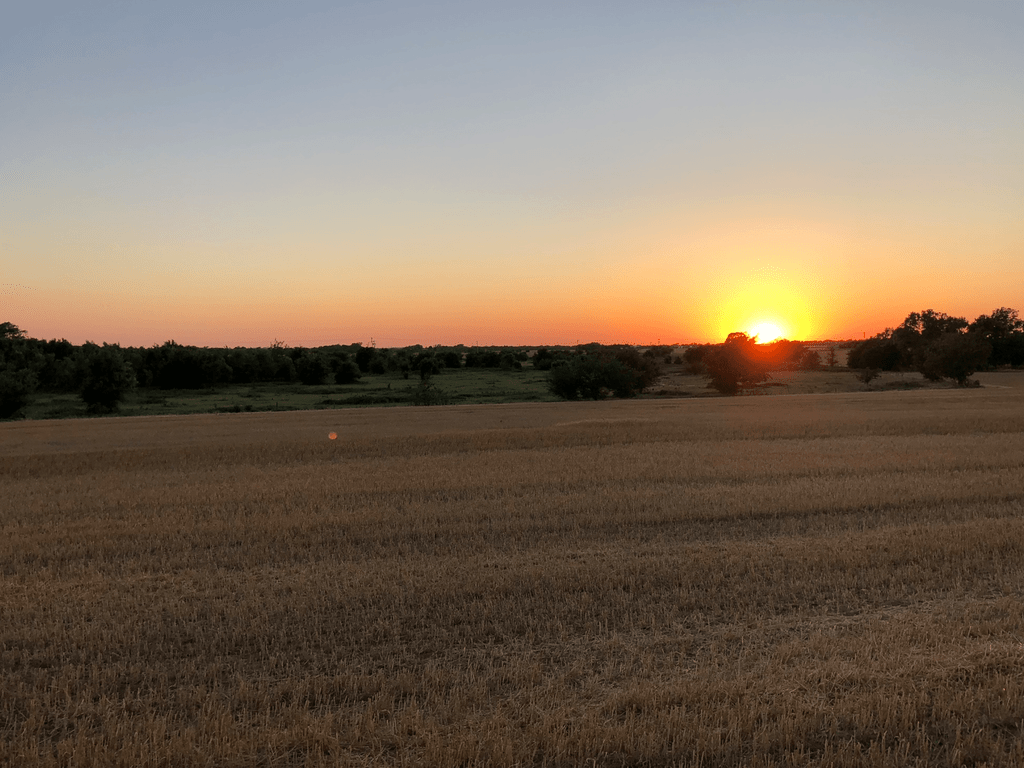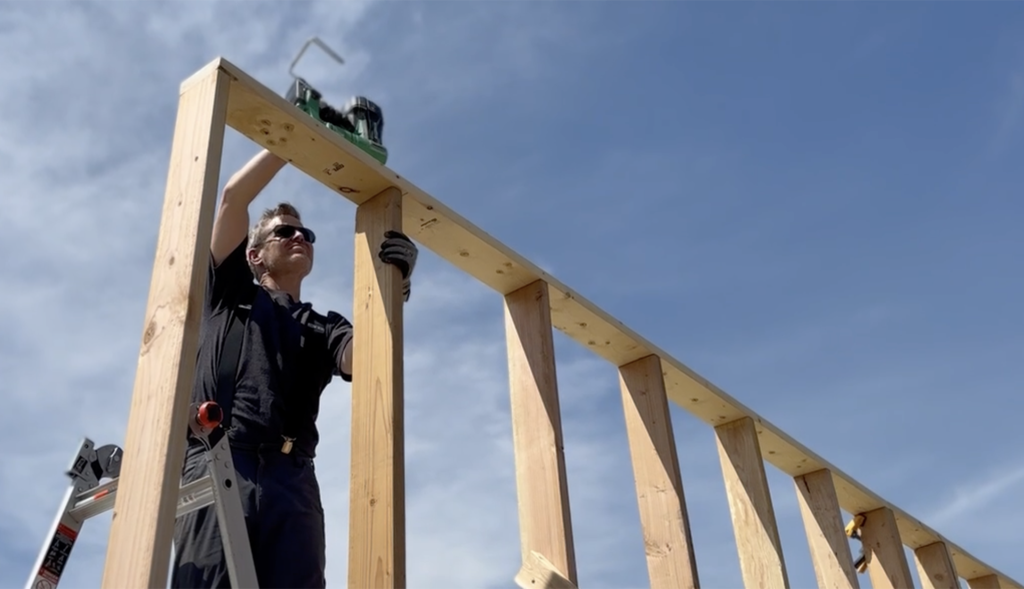Metrics & Goals
One piece of advice that has held true for us is to measure what you care about. By measuring something, it will inevitably improve. With our first house, we measured nothing. We intend to fix that with this new house. We've identified a few areas of interest for us, and we'll update them as the build goes on.
#1 PASSIVE HOUSE
From our naive perspective, a Passive House makes a lot of sense. Instead of focusing on powering your house with renewable energy, try to reduce the overall energy usage first. While doing so, general comfort and air quality will be improved. The biggest question right now is: Do we want to get certified and go 100% of the way, or do we just want to make a slightly more energy efficient house? Is there a sliding scale, or is it binary decision? Passive Houses focus on:
- The building must be designed to have an annual heating and cooling demand as calculated with the Passivhaus Planning Package of not more than 15 kWh/m2 (4,755 BTU/sq ft; 5.017 MJ/sq ft) per year in heating or cooling energy OR be designed with a peak heat load of 10 W/m2 (1.2 hp/1000 sq ft), based on local climate data.
- Total primary energy (source energy for electricity, etc.) consumption (primary energy for heating, hot water and electricity) must not be more than 60 kWh/m2 (19,020 BTU/sq ft; 20.07 MJ/sq ft) per year.
- Window frames with a U-value of 0.80 W/(m²K) or less, with g-values around 50% (g-value= total solar transmittance, proportion of the solar energy available for the room).
- 75% of the heat from the exhaust air is transferred to the fresh air again by means of a heat exchanger.
- Uncontrolled leakage through gaps must be smaller than 0.6 of the total house volume per hour during a pressure test at 50 Pascals (both pressurized and depressurized).
- All edges, corners, connections and penetrations must be planned and executed with great care, so that thermal bridges can be avoided.
There are also targets that define where this is cost effective for our climate zone.
#2 LEED
Like Passive House, LEED is a noble goal to strive for. Unlike Passive House, the benefits are not immediately tangible and as impactful to our daily lives. For that reason, we’re not 100% on board with the expense of getting LEED certified. That said, we would like to keep a running score during the design process, and evaluate the costs.
#3 INDOOR AIR & Sound QUALITY
Since we have the luxury of a fresh start, we should absolutely consider air and sound quality in the design of the home. Considering the frequent use of polluting sources, it’s crazy that we haven’t been on top of this before. Add in the benefits of clean air, and this becomes a must do metric. For this build, there are a few paticular things to focus on:
- Air exchange rate / ERV design / Temperature / humidity
- Allergens / filter level / fine dust
- Radon (due to geothermal)
- CO₂
- Chemicals
In addition to air, we would also like to consider sound from the get go. Particularly, in the bedrooms. Figure out what to measure, and measure it in current and friends house. Then, find out what ideal sleeping sound is, and see if we can reach that. Also, Passive Houses have better sound by default since central air isn’t always running.
#4 ELECTROMAGNETIC RADIATION
There are no known cancer related issues caused by EM fields, and any side effects are highly debated at this point. Counter argument – in our favorite book on the subject, there is plenty of evidence to suggest EMF related issues are real. We could never know the truth, but we should be thoughtful considering our lot is near an electric substation and quite a few broadcasting towers. We don’t intend to panic, but it would be nice to get outdoor and indoor measurements of:
- AC Magnetic (3.0 milligauss)
- AC Electric (10 V/m)
- RF/Microwave (1.000 milliwatts)
Since we already plan to improve sound in the bedrooms, that goes hand in hand with minimizing EM levels. So, if there is a simple and cheap solution like proper insulation combined with scheduled wireless access points, we might as well implement it. “Fixes” that come at no cost or compromise and allow for a “clean” 8 hours of sleep seem reasonable.
#5 DOCUMENTING SYSTEMS
It generally seems that most people, ourselves included, expect a house to just work. Then, when something obviously bad happens, we’ll call for help. Inspired by ourcoolhouse, we would like to have a much better understanding of the systems in the house. Ideally, this includes some form of live data, but any form of validating that everything is functioning as intended will do.
On top of that, we would like to have photo and 360 video documentation of every room before drywall goes up. We partially did that in our current house. However, we have learned that more thorough and organized visuals are needed, so we’ll improve on that front. Finally, we must understand each system (irrigation, HVAC, etc) even if we don’t perform the work on it.
#6 HAPPINESS
Happiness is more of a goal than a metric, but it does impact all of the other metrics. For us to be happy, the house has to be both functional and visually pleasing. This means we may make compromises to some of the metrics above, or do something for no reason other than it looks good. Obviously, this can be at odds with all sorts of goals. For example, we may want a fireplace even though a Passive House doesn’t need one. The compromise may be to go with a bioethanol fireplace. Likewise, our total square footage is larger than what we need, but it does provide comfortable luxuries.
In the end, we want this to be a house that we are proud of and that has longevity. We don’t mind making compromises, or spoiling ourselves, as long as we’ve thought it through. We would like to search for and discuss potential concerns before they are ignorantly added.
LOOKING FOR SOMETHING ELSE?
This site documents our attempts to create a dream home. If you enjoy this content, you may want to check out our metrics, construction notes, and progress photos. While you're looking around, you might as well subscribe to our RSS, Mastodon, Twitter, Instagram and YouTube feeds. Or, see if these related posts catch your attention.







